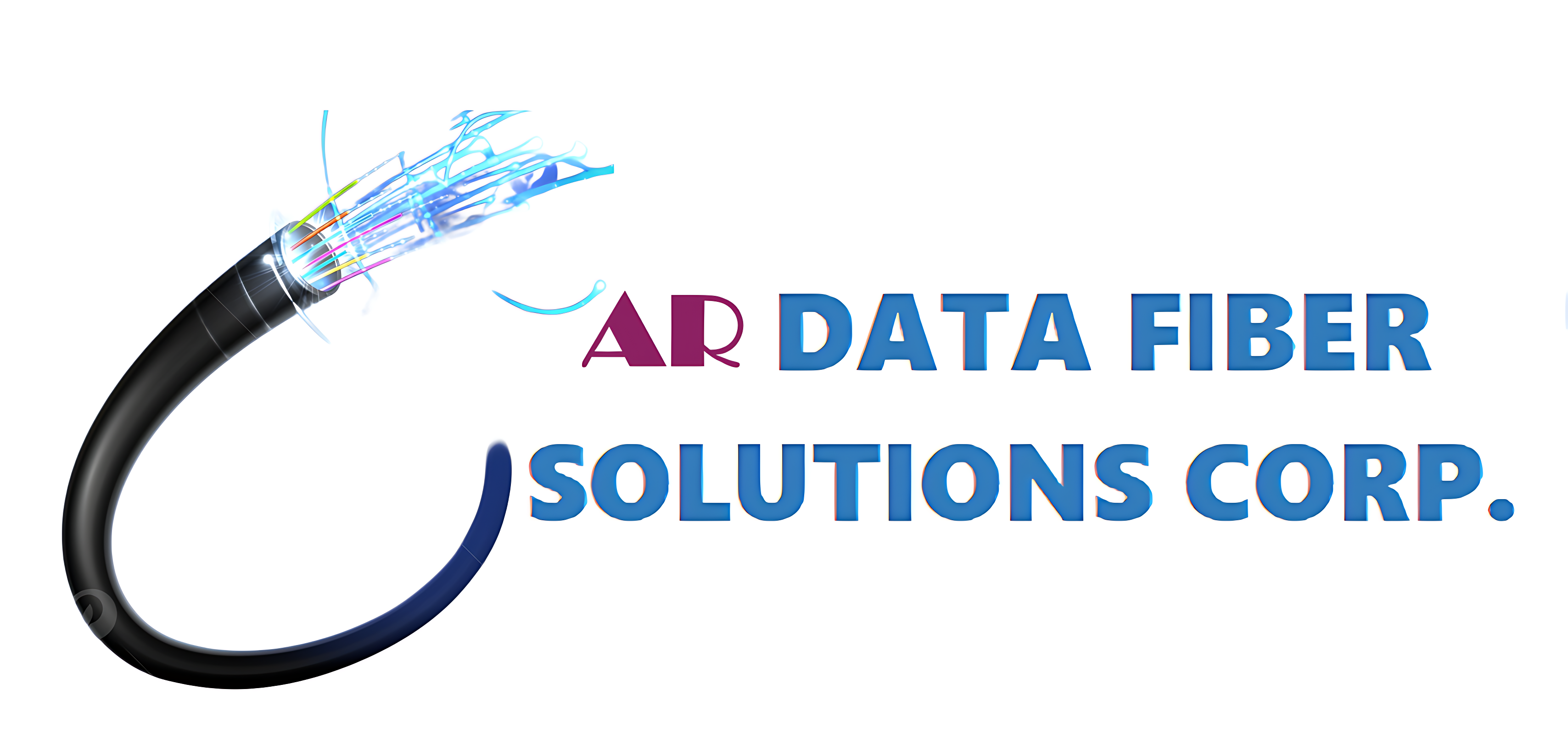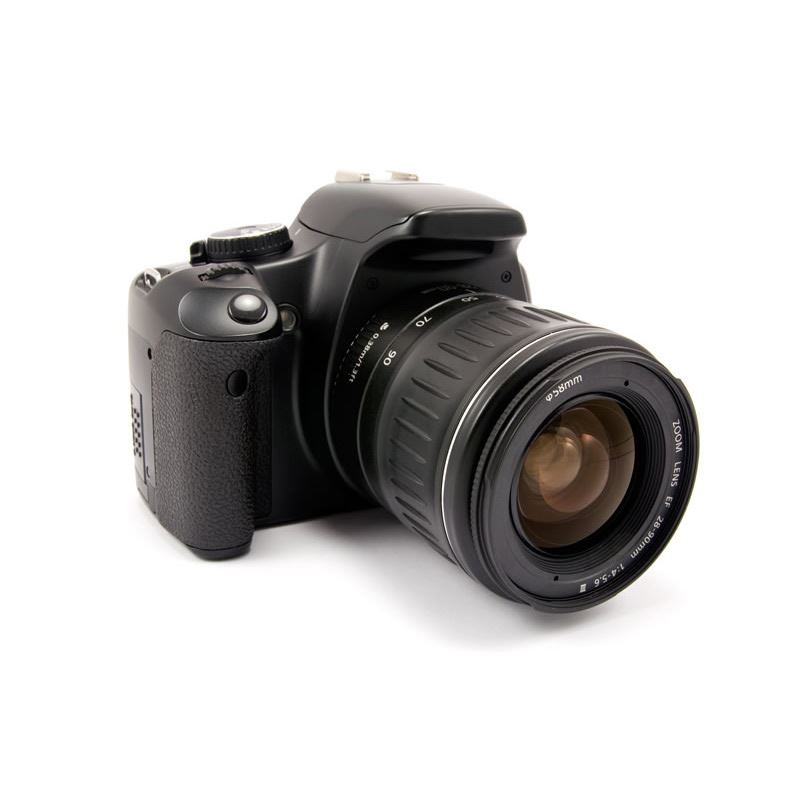Frequently Asked
Frequently AskedQuestions
In this section you will find all the questions we are frequently asked about our products and services. We hope to have what you are looking for and in case you don't, please contact us.
The industry consensus is yes. Mobile network operators will opt for fiber as the preferred technology for backhaul and fronthaul to cellular network radios wherever possible, due to ever-increasing bandwidth requirements. The density of future cellular radios will drive network convergence between wired and wireless traffic, increasing the need for fiber networking solutions that focus on providing density, accessibility and flexibility to support multiple applications needed for the future.
If we are going to talk about fine materials, optical fiber beats by far other types of metallic cabling (such as copper cabling) that are the standard in the industry.
To give you a case study, Intel engineers are researching and developing the use of optics to replace transistors, but what does that have to do with the advantages of using fiber optics? It means that more consumers can be served with cables that fit inside the same shielded tubes that have been used for coaxial cabling and POT-type cable solutions.
Smaller also means lighter, and anyone who consumes a lot of fiber knows the benefit of being lightweight. From an installer's point of view, fiber optic cabling is easier to work with and transport. Easier to work with and transport also translates into lower costs, greater efficiency for installation, and lower risks for installers.
Safety is one of the cornerstones of any ISP, as the safety of its workers is usually the responsibility of the company that owns and/or runs the cabling. It is much easier to intervene fiber optic cabling than copper cabling. Moreover, fiber optic is a better investment in terms of time, equipment and money saved on future network services.
Although they appear solid, fiber optic cables are made of multiple layers. The innermost layer is the core, which contains a bundle of glass or silica wires. Surrounding this core is a protective layer that shields the strands from interference. On the outside of fiber optic cables there is usually another protective layer. Known as the outer sheath, it ensures that light remains trapped inside the glass or silica strands, further protecting them from damage.
Because fiber optic cables carry light rather than electricity, they are unaffected by changes in temperature, rain, cold or virtually any other environmental condition. Fiber optic cables are not immune to everything, but deploying and maintaining a copper cable network is expensive and dangerous by comparison. Copper cabling can become brittle over time, especially if overused and/or exposed to high ambient temperatures.
It's not quite like that either. Cold ambient temperatures help to transmit data over any type of cabling more efficiently, but over longer distances the result can be that more electricity than expected reaches a port on copper cabling. The results of this can be a burn or even worse, but this is something that does not happen with fiber optic cabling, as it is not influenced by weather conditions to such an extent.
Well, light doesn't actually travel faster, but data is transmitted faster due to the higher capacity of fiber optic cables. How much capacity? Today's commercial applications can transmit between 10 and 80 Gigabits per second on a single channel. With wave division multiplexing, many channels are transmitted over the same fiber optic cable, which multiplies the capacity. The current record is 15.5 Terabits per second over a distance of 7,000 km: that is equivalent to 10.3 million 1.5Mbps DSL connections.

